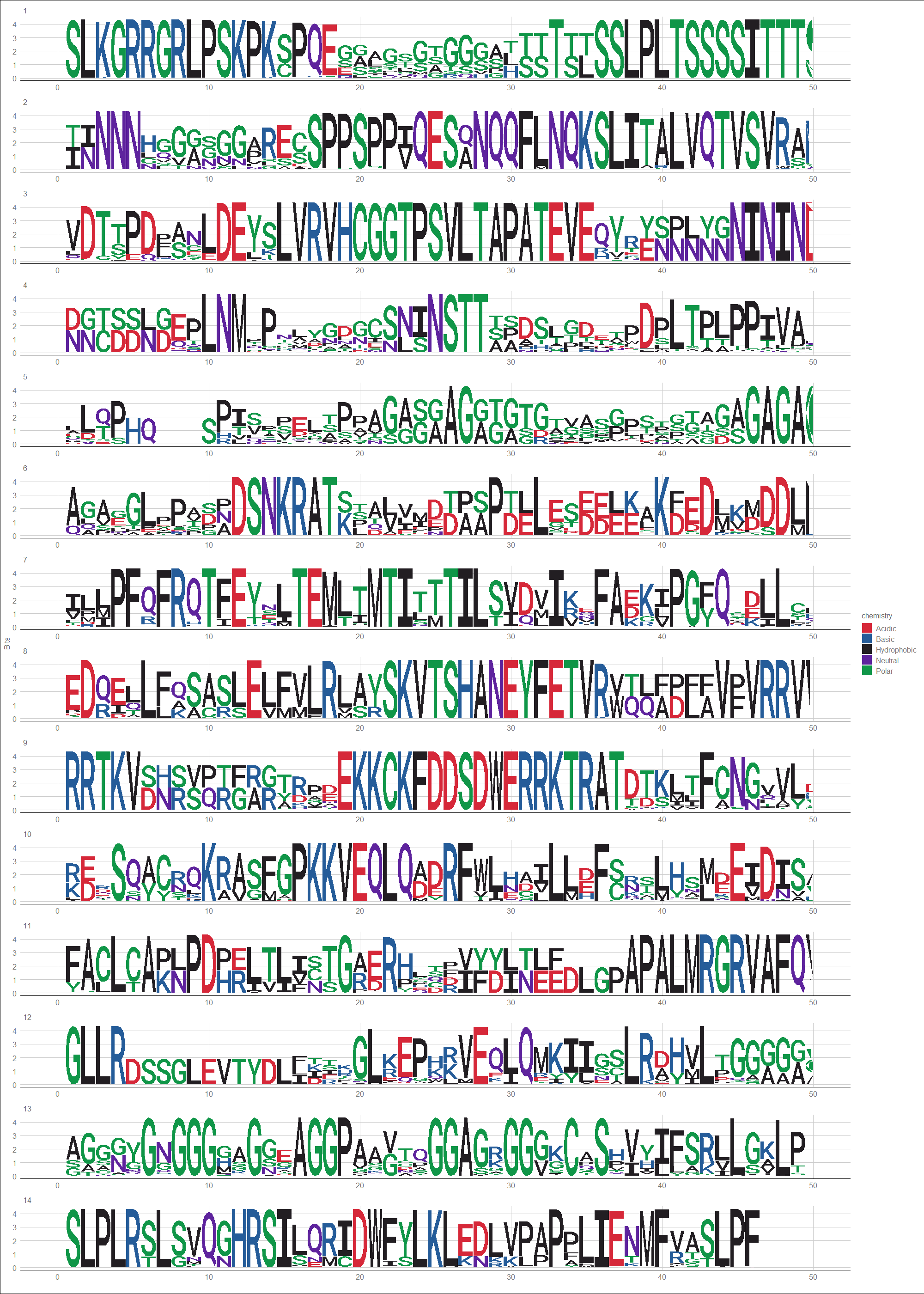NGFIB-like
- Domain
- zf-C4|NGFIB-like
- Group
- Zinc-Coordinating Group
- PFAM
- AnimalTFDB
- Desciption
- During the development of the vertebrate nervous system, many neurons become redundant (because they have died, failed to connect to target cells, etc.) and are eliminated. At the same time, developing neurons send out axon outgrowths that contact their target cells [1]. Such cells control their degree of innervation (the number of axon connections) by the secretion of various specific neurotrophic factors that are essential for neuron survival. One of these is nerve growth factor (NGF), which is involved in the survival of some classes of embryonic neuron (e.g., peripheral sympathetic neurons) [1]. NGF is mostly found outside the central nervous system (CNS), but slight traces have been detected in adult CNS tissues, although a physiological role for this is unknown [1]; it has also been found in several snake venoms [2, 3]. Proteins similar to NGF include brain-derived neurotrophic factor (BDNF) and neurotrophins 3 to 7, all of which demonstrate neuron survival and outgrowth activities. Although NGF was originally identified in snake venom, its most abundant and best studied source is the submaxillary gland of adult male mice [4]. Mouse NGF is a high molecular weight hexamer, composed of 2 subunits each of alpha, beta and gamma polypeptides. The beta subunit (NGF-beta) is responsible for the physiological activity of the complex [4].
- Rederence
-
- Regional distribution of brain-derived neurotrophic factor mRNA in the adult mouse brain. Hofer M, Pagliusi SR, Hohn A, Leibrock J, Barde YA. EMBO J. 9, 2459-64, (1990).
- Purification and amino-acid sequence of a nerve growth factor from the venom of Vipera russelli russelli. Koyama J, Inoue S, Ikeda K, Hayashi K. Biochim. Biophys. Acta 1160, 287-92, (1992).
- Amino acid sequences of nerve growth factors derived from cobra venoms. Inoue S, Oda T, Koyama J, Ikeda K, Hayashi K. FEBS Lett. 279, 38-40, (1991).
- Crystallization of nerve growth factor from mouse submaxillary glands. Wlodawer A, Hodgson KO, Shooter EM. Proc. Natl. Acad. Sci. U.S.A. 72, 777-9, (1975).
